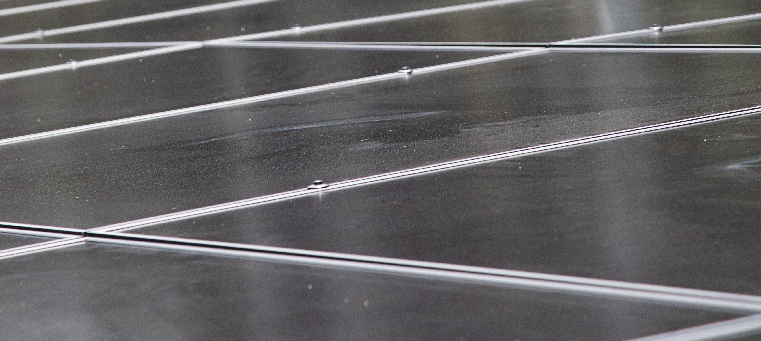At 2:30 a.m. EST on June 20, 2016, a plane called Solar Impulse 2, piloted by a man named Bertrand Piccard and powered solely by 17,000+ solar cells, took off from New York City and began a ninety-hour journey across the Atlantic to Seville, Spain. This is but one stretch of the plane’s circumnavigation of the globe to land in Abu Dhabi. The story of this remarkable craft is recounted below.
The American designed solar cells that were chosen as the provider for this project produce more efficient and durable solar cells than any other solar cell on the market, and this isn’t their first high-concept collaboration. There was Honda, with whom they won the 1993 World Solar Challenge, a 1,800-mile race of solar vehicles across the Australian outback from Darwin to Adelaide. Twenty years later, an autonomous NASA vehicle named GROVER rolled onto the scene and surveyed Greenland’s frigid icecap. The same technology used in these landmark machines is found in residential, commercial, and power plant solar panels.
In 1999, Bertrand Piccard and Brian Jones became the first pilots to successfully fly a hot-air balloon continuously around the globe. Upon touching down in the Sahara after more than two weeks in the air, Piccard’s vision—to fly around the world without relying on fossil fuel—first took shape.
Soon Piccard and fellow pilot Andre Borschberg founded the Solar Impulse project and set to work researching new developments in solar flight to find a solar energy company worth partnering with. It wasn’t long before they discovered a solar manufacturer that worked with NASA on two flights (Pathfinder Plus and Helios) in the late ’90s. The solar cells developed for these projects were light, flexible, and thin without sacrificing efficiency or reliability.
Four years later, a coalition of thirty engineers and twenty-five technicians completed a prototype craft, which boasted the wingspan of an Airbus A340 at a fraction of the weight. 12,000 solar cells were embedded in the wing surfaces, while a flexible, high-resistance film coated the undersides.
Solar Impulse 1’s first landmark flight was on July 7, 2010, when it was flown for twenty-six hours straight. It went on a historic run from there, setting eight world records as the first solar aircraft to fly straight through the night, to fly between continents, and to cross the United States, among other accomplishments.
Many improvements had to be made for Solar Impulse 2 to make it across the world’s vast oceans. The team’s to-do list included: improving performance and fuel economy; refining the ergonomics of the cockpit; safety improvements including leak-proof circuits for humid conditions and finally, making the plane as light as possible. Solar cell manufacturers have been improving their technology as well, producing cells even thinner and lighter than before. The result was Solar Impulse 2, which began its journey on March 9, 2015 in Abu Dhabi. Its daily routine is to rise in the mornings as high as 28,000 feet, taking energy from the Sun to store in its lithium batteries. As night falls, it descends and glides at a lower altitude until dawn. The plane broke world records last summer, when Borschberg flew it from Japan to Hawai‘i, only touching down for battery repairs.
Piccard’s drive to excellence can best be summed up by a comment he once made in a TED talk: “People will tell you it’s impossible, and it’s exactly why we try to do it.” Later, Borschberg helped make the connection to the mission to change the way the world is (em)powered: “To fly with the Sun, day and night, we had to build an aircraft that is extremely energy-efficient. These technologies that provide energy efficiency can be used in your home, in your car, in the appliances that you buy.”
We at Semper Solaris salute your accomplishments thus far, Solar Impulse, and will do our part to further the cause in the California solar power industry.
